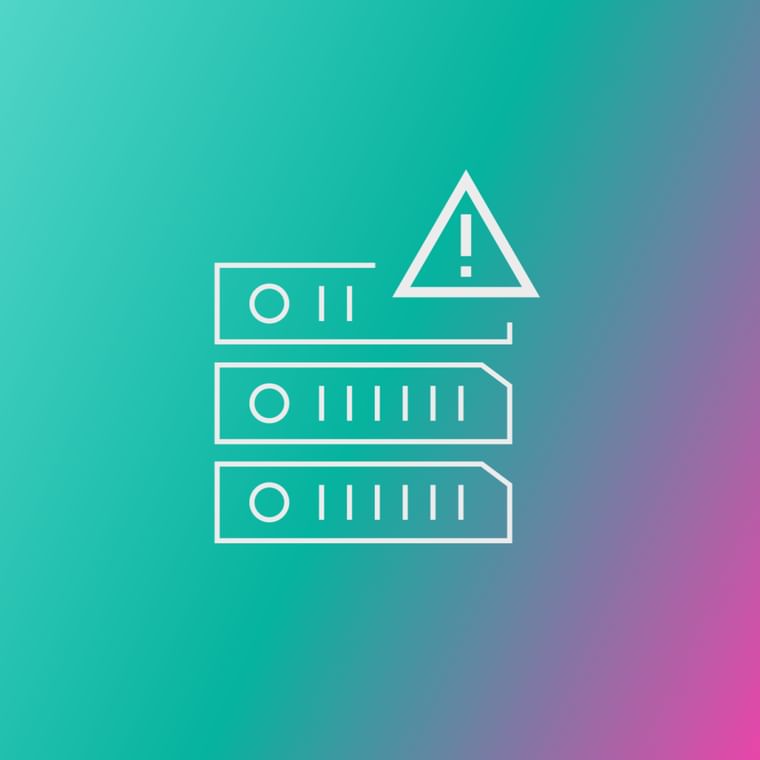Alert fatigue is primarily caused by excessive alert volumes from multiple security tools, extremely high false positive rates affecting nearly all alerts, lack of contextual information requiring manual investigation, and insufficient resources to handle the overwhelming number of daily alerts that large enterprises face.
Alert Fatigue
Alert fatigue happens when security teams get overwhelmed by too many alerts, making them less effective at catching real threats.
What Is Alert Fatigue?
Alert fatigue refers to the condition where security operations center (SOC) analysts become overwhelmed by the sheer volume of security alerts, leading to decreased vigilance and response effectiveness.
This phenomenon occurs when organizations receive more alerts than their security teams can reasonably investigate, resulting in desensitization to warnings and increased likelihood of missing genuine threats.
How Does Alert Fatigue Develop?
Alert fatigue develops through a combination of technical and human factors that create unsustainable workloads for security teams.
For instance, excessive alert volumes emerge as organizations deploy multiple security tools that collectively generate thousands of daily alerts. High false positive rates compound the problem as most of the alerts prove to be non-critical or false alarms. Security analysts spend a major chunk of their time investigating alerts that ultimately have no security relevance, representing a massive misallocation of skilled resources.
Further, the lack of context and prioritization forces analysts to manually gather background information for each alert, significantly increasing investigation time. Without proper correlation and contextual intelligence, teams must treat each alert as potentially critical until proven otherwise.
Resource constraints create backlogs as security teams cannot scale human resources to match exponentially growing alert volumes. SOCs report being overwhelmed by backlogs, as they report feeling constantly behind in their work.
This combination creates a vicious cycle where overwhelming workloads lead to decreased effectiveness, which in turn increases security risks and analyst stress levels.
What Are the Consequences of Alert Fatigue?
Alert fatigue creates serious operational and security consequences that extend far beyond simple inefficiency. For instance, the Suffolk County's IT team received hundreds of daily security alerts, leading to alert fatigue. Overwhelmed staff failed to distinguish genuine threats from false positives, missing critical ransomware warnings. The attack cost $25 million in remediation despite a $2.5 million ransom demand.
This is why it is important to understand the consequences, including:
Missed Critical Threats: These represent the most dangerous consequence, with some security teams admitting they have ignored alerts that later proved to be critical. This oversight can result in customer data exposure, system downtime, and direct business losses as genuine attacks progress undetected.
Analyst Burnout and Turnover: These severely impact organizational security capabilities, with junior analysts leaving due to job dissatisfaction and overwhelming workloads. The turnover rates result in loss of institutional knowledge and continuous training costs for replacement staff.
Financial Impact: Organizations waste enormous amounts of productive time investigating false positives while potentially missing attacks that could cause millions in damages.
Response Delays: This create vulnerability windows as alert dwell time is huge across organizations. This response lag becomes critical when contrasted with attack speeds, where phishing attacks can extract sensitive information within minutes, with some succeeding even in seconds.
What Solutions Address Alert Fatigue?
Organizations are increasingly turning to comprehensive solutions that combine artificial intelligence, process optimization, and strategic automation to address alert fatigue effectively.
Here are some solutions to consider:
AI-Powered Alert Triage: It has emerged as the primary solution, with advanced platforms achieving accuracy in alert classification while processing billions of alerts weekly. These systems automatically correlate related events into comprehensive narratives, transforming the analyst experience from investigating individual alerts to evaluating complete attack scenarios.
Alert Prioritization and Tiering Systems: These help security teams focus on high-priority threats by automatically ranking alerts based on severity, context, and potential impact. This approach ensures that critical threats receive immediate attention while lower-priority alerts are handled systematically.
Contextual Intelligence Platforms: These provide analysts with comprehensive background information automatically, eliminating the need for manual investigation of alert context. These systems understand relationships between alerts and present complete attack scenarios rather than isolated events.
Process Optimization and Automation: These streamline repetitive tasks and eliminate unnecessary alerts through better tool configuration and rule tuning. Organizations implementing these approaches can achieve alert investigation coverage rather than what is achieved by traditional SOCs.
How Can Organizations Prevent Alert Fatigue?
Preventing alert fatigue requires proactive strategies that address both technological and human factors contributing to the problem. Here are the steps that you can take:
Implement comprehensive AI solutions that can automatically triage, correlate, and prioritize alerts based on actual threat significance. These systems should provide contextual intelligence and reduce the number of alerts requiring human investigation.
Optimize security tool configurations by regularly tuning rule sets and alert thresholds to reduce false positive rates. Organizations should conduct periodic reviews of alert-generating tools to eliminate redundant or poorly configured detection rules.
Establish clear alert prioritization frameworks that help analysts focus on high-impact threats first. This includes implementing tiered response procedures and ensuring that critical alerts receive immediate attention while lower-priority items are handled systematically.
Invest in analyst training and career development to improve job satisfaction and reduce turnover. Providing clear career progression paths and professional development opportunities helps retain experienced analysts who understand organizational security contexts.
Create sustainable work environments through proper staffing levels, flexible schedules, and mental health support. Organizations must recognize that alert fatigue stems partly from unsustainable workloads and address underlying resource constraints.
That said, Abnormal addresses alert fatigue by providing AI-driven email security that significantly reduces false positive rates while delivering high-accuracy threat detection. Our behavioral analysis platform understands normal communication patterns and identifies genuine threats without generating excessive alerts.
Ready to see how our intelligent email security can reduce alert fatigue? Book a demo to learn how Abnormal's AI-driven platform delivers accurate threat detection without overwhelming your security team.
Frequently Asked Questions (FAQs)
Get the Latest Email Security Insights
Subscribe to our newsletter to receive updates on the latest attacks and new trends in the email threat landscape.
Featured Resources

Product
The Last 1% of Attacks: Rise and Fall of the SEGMay 29, 2025
/
5 min read

Artificial Intelligence
AI, People, and Policy: What We Learned from Convergence Season 4May 22, 2025
/
6 min read

Threat Intel
Legitimate Senders, Weaponized: How Abnormal Stops Email Bombing AttacksMay 19, 2025
/
6 min read

CISO Insights
Through the Looking Glass: A CISO's Take on RSAC 2025May 09, 2025
/
7 min read